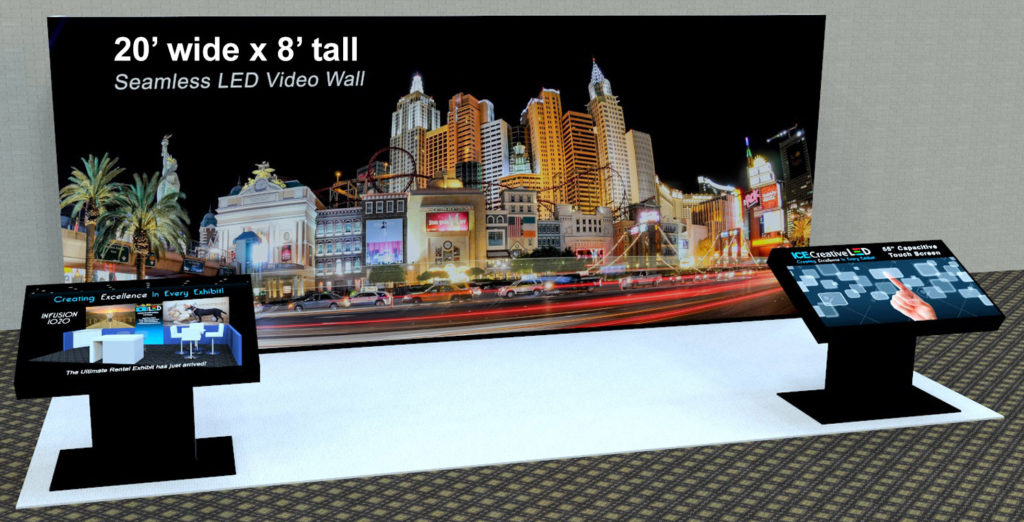Exploring the Efficacy of Various Light Emitting Diode Wall Adjustment Methods for Optimal Sight Performance
Wiki Article
Light Emitting Diode displays have grown progressively favored in multiple environments, such as theater venues, musical events, and corporate gatherings. These large displays provide lively colors and crisp images, making them ideal for graphic presentations. However, to achieve the best display performance, proper tuning of Light Emitting Diode walls is crucial. Calibration refers to the process of modifying the screen parameters to ensure that colors, luminosity, and contrast are precise and uniform. Different calibration methods can significantly influence the overall quality of the visual experience, making it important to investigate the effectiveness of these approaches.
One common technique for tuning LED walls is manual calibration. This method involves modifying the parameters by hand, often using specialized tools and software. Specialists typically examine the screen's hue precision and brightness levels, making adjustments based on their findings. Handheld tuning allows for a significant degree of customization, as specialists can adapt the parameters to the particular setting and content being displayed. However, this method can be labor-intensive and demands a proficient specialist to achieve optimal results. In spite of its challenges, handheld calibration can lead to remarkable visual performance when done properly.
Another popular tuning method is the use of automatic tuning. This method uses programs and devices to measure the display's performance and make adjustments automatically. Automated calibration can conserve time and minimize the risk for human mistakes, as the program can quickly analyze the display and apply the required modifications. This method is particularly useful in settings where the LED screen is often used for various types of material, as it can adjust to different illumination environments and content needs. While automated tuning may not offer the same level of customization as handheld tuning, it can still provide superb outcomes for many applications.

A third method worth noting is the application of hue calibration tools. These tools, such as color measurement devices and spectral analyzers, assess the color output of the LED wall and help confirm that the hues shown are correct. By employing these devices, technicians can detect any discrepancies in color reproduction and make the necessary adjustments. This technique is especially crucial for uses where hue precision is critical, such as in graphic design or film creation. Hue tuning instruments can enhance the overall visual quality of Light Emitting Diode screens, guaranteeing that the viewers sees the desired colors and details.
In conclusion, the efficacy of different LED wall calibration methods plays a vital role in attaining best display quality. Handheld calibration offers customization but can be time-consuming, while automatic tuning provides efficiency and consistency. Additionally, color tuning instruments help ensure accurate hue representation, which is essential for many uses. By comprehending and utilizing these calibration methods, technicians can enhance the visual encounter for viewers, making LED walls visit the website an more effective tool for communication and engagement. As innovation continues to advance, ongoing research and evolution in tuning methods will likely lead to more better visual quality in the time ahead.